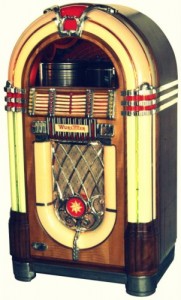 The Mighty KBC’s broadcast from Bulgaria was mighty strong last night into North America. I recorded the full 2 hour show of The Giant Jukebox on 9,450 kHz beginning at 00:00 UTC.
The Mighty KBC’s broadcast from Bulgaria was mighty strong last night into North America. I recorded the full 2 hour show of The Giant Jukebox on 9,450 kHz beginning at 00:00 UTC.
As I’ve come to expect from The Mighty KBC, this show has an marvelous mix of rock-n-roll through the decades along with Eric’s professional DJing. The Mighty KBC has real people behind the music mix, a refreshing alternative to the iHeart Radio and Pandoras of the world.
Click here to download an MP3 of the entire show, or simply listen via the embedded Archive.org player below:
Of course, this recording includes Kim Elliott’s digital text modes. For those of you who would like to decode it, here are the details:
At about 01:30 into the recording, 4xPSK63R is centered on 1000 Hz and MFSK64 centered on 2000 Hz. (For 4XPSK63R, use Fldigi 3.21.65 or newer: OpMode > PSKR > MultiCarrier > 4XPSK63R.)
At just before the end of the transmission, an image will be transmitted in the MFSK16 mode. Also, MT63-2000 (long interleave) will be centered on 1500 Hz. This will be an Flmsg formatted transmission, with html. Fldigi and Flmsg can be downloaded from www.w1hkj.com.
Please comment if you were able to decode.

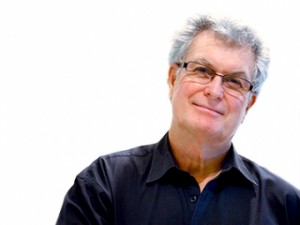

 For your listening pleasure: two hours of music, and a little Greek commentary, from the Voice of Greece.
For your listening pleasure: two hours of music, and a little Greek commentary, from the Voice of Greece.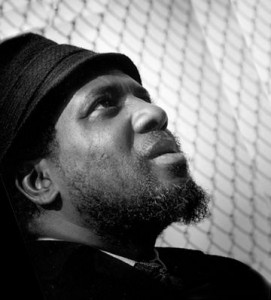
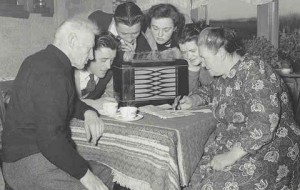
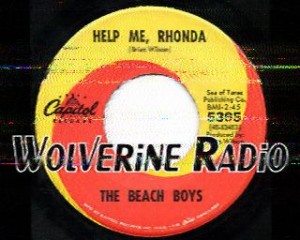
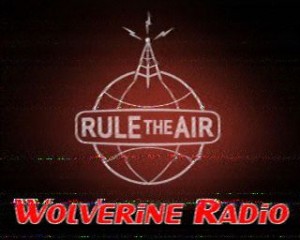
 The Mighty KBC’s broadcast from Bulgaria was mighty strong last night into North America. I recorded the full 2 hour show of The Giant Jukebox on 9,450 kHz beginning at 00:00 UTC.
The Mighty KBC’s broadcast from Bulgaria was mighty strong last night into North America. I recorded the full 2 hour show of The Giant Jukebox on 9,450 kHz beginning at 00:00 UTC.